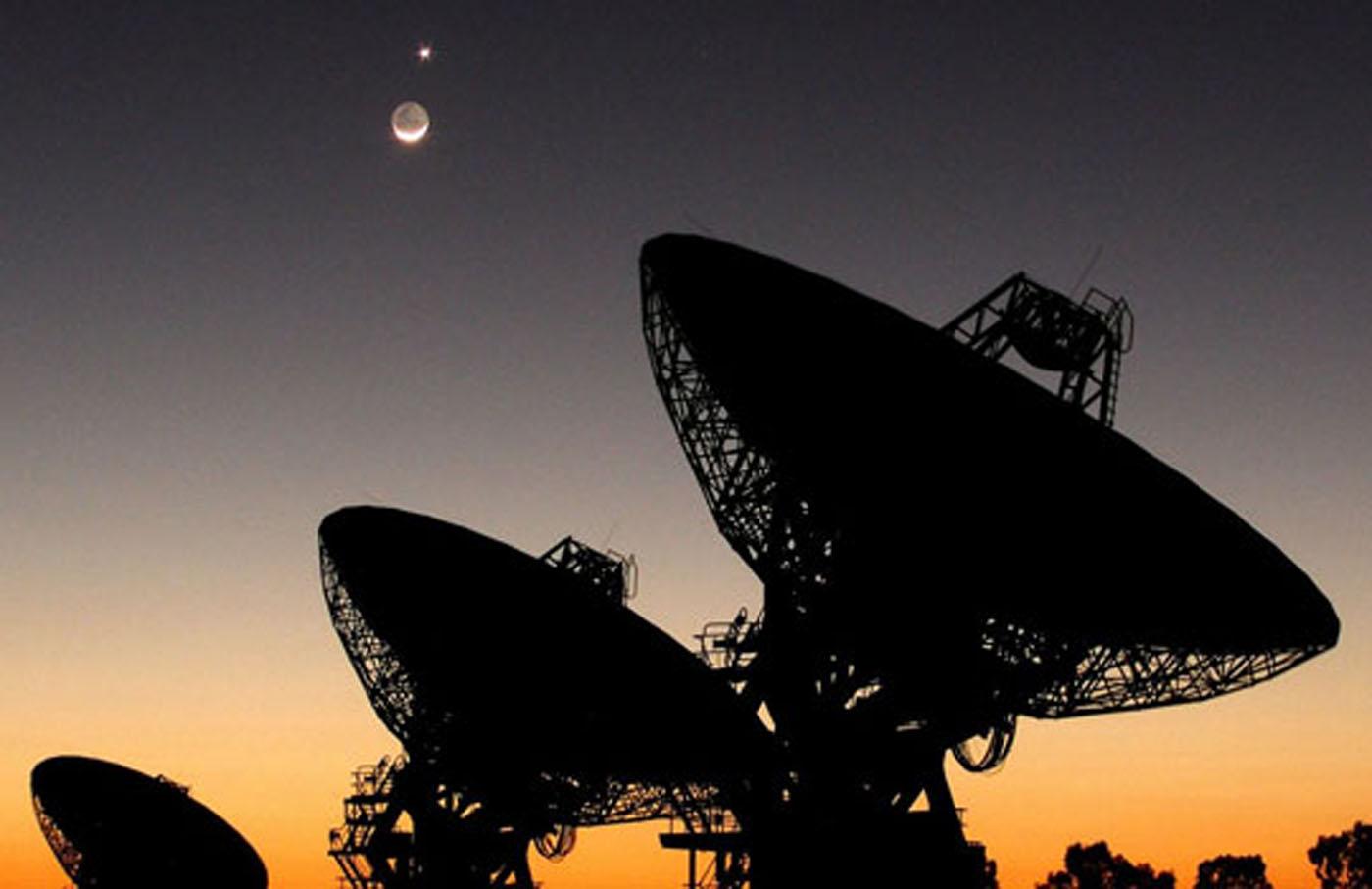
Project Phoenix, like all SETI efforts, was a passive experiment, designed only to look for signals, not to send them.
However, humankind has been unintentionally transmitting signals into space - primarily high-frequency radio, television, and radar - for more than fifty years. Our earliest TV broadcasts have reached several thousand nearby stars, although any alien viewers would have to build a very large antenna (thousands of acres in size) to detect them.
Until now, SETI researchers have not been very interested in broadcasting. The reasons for this are several. To begin with, we are a technologically young civilization. We have had radio for a hundred years or so, but there are surely societies that have possessed the ability to send high-powered signals for tens of thousands, if not millions, of years. Consequently, since we are the new kids on the technology block, it may behoove us to listen first. Some have also expressed concern that broadcasting might be dangerous, literally calling attention to our existence. However, the evidence of technologically sophisticated life on Earth is already on its way into space, and there is no bringing back these transmissions.
Of greater import is the fact that sending signals entails a great deal of patience. If the nearest civilization is 100 light-years away, we will have to wait 200 years for a reply. Serious, deliberate broadcasting is a long-term endeavor, and one that (so far) humankind has not been willing to undertake. To date, only a few, mostly symbolic, intentional messages have been sent. The simple picture that was transmitted in 1974 from the Arecibo Observatory described our solar system, the compounds important for life, the structure of the DNA molecule, and the form of a human being. The message was transmitted in the direction of the globular star cluster M13, about 21,000 light years away, so clearly any answer will be a long time in coming. Serious broadcasts require serious commitment.
The occasional short messages that are currently being done as commercial "demo" projects do not substantially contribute to the existing leakage radiation already being pumped into space by television and radar. Only when we are willing to commit the resources to build a powerful, long-lived radio beacon can we be said to be taking serious steps to actively get in touch.
